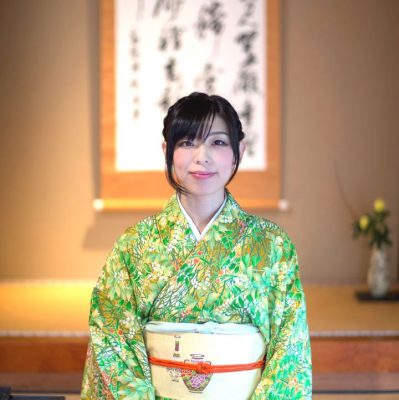introduction of calligraphy tools
We will introduce the four most important tools in Japanese calligraphy: writing brush, inkstone, ink stick, calligraphy paper, and a sample calligraphy set. By reading this lesson, you will know what tools to prepare before you start Shodo.
Writing Brush "Fude"
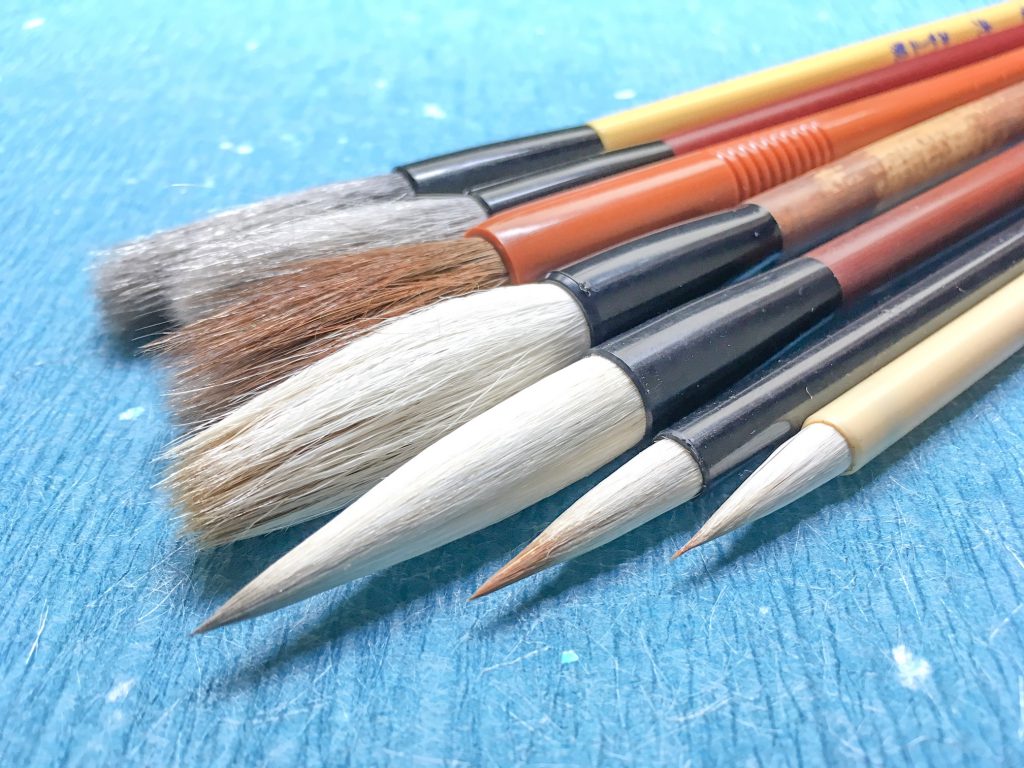
Mixed brush hair of horse and goat is the best
In Japan, writing brushes are mainly produced in Hiroshima, Nara and so on. An animal’s hair such as a horse, a goat, a weasel and a raccoon is used for the brush’s ear.
Characteristics such as the degree of hardness of hair and absorbing sumi ink are depending on animals, so writing taste varies depending on animals.
Especially a large brush with harder hair is easier to write and easy to practice for beginners, so we recommend you a mixed hair of horse and goat. Because horse hair is hard, goat is soft and beginners get the optimum writing taste by mixing them. It might be not easy to write, as it is too hard for horse hair only.
Brush size
There are several sizes of brushes, but roughly speaking, there are large and small brushes with different uses. In fact, there is no standard in size, and there are slight differences of size depending on the brush manufacturers. Please use the following size as a guide.
The size of a large brush is 50 to 60 mm (about 1.9 to 2.4 inches) in ear length, 11 to 15 mm (about 0.4 to 0.6 inches) in ear diameter. You can write 2 to 6 kanji characters on a calligraphy paper. The size of a small brush is about 25 mm (about 1 inch) in ear length, about 7 mm (about 0.3 inch) in ear diameter. It is used to sign your name after writing kanji.
Price
The higher the price, the better the quality of the hair and the easier it is to write, but you don’t have to buy something expensive from the beginning. In the case of the local price in Japan, a brush of around 1,500 Japanese yen (15 US dollars) is good for beginners. Poor quality brush ear will break after only a few uses and you will not be able to write. Usually you can use every day for half a year to one year.
Ink Stone "Suzuri" and Ink Stick "Sumi"
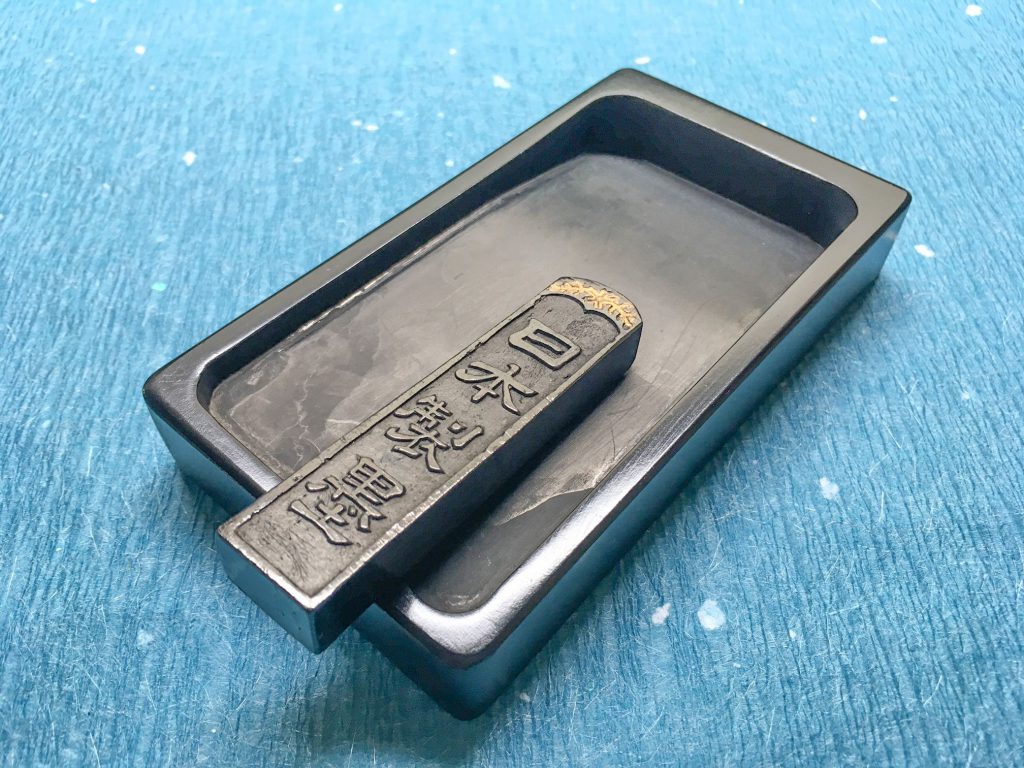
Ink stone “Suzuri”
In shodo, ink stick called “sumi” has been ground on a natural stone called “suzuri” to make sumi ink(liquid ink) since ancient times. There are a flat part(we call it “land”) and a depressed part(we call it “sea”) in suzuri. It may seem a bit strange to call it land or the sea, but ancient people may have found a world in this little stone.
When you make sumi ink on an ink stone suzuri, drop water on a flat part and rub an ink stick and pool sumi ink(liquid ink) you made on a depressed part. Why can you make liquid ink by grinding an ink stick on the surface of an ink stone? Actually, we cannot see it, but a protrusion called “houbou” stands on the surface of an ink stone. If you drop water on it and rub the ink stick, the ink stick is scraped little by little, and liquid ink is made. If you try to slide your finger on the surface of a good ink stone, it will not slide too much. That is the proof that houbou is standing firmly. So thick ink will be made by rubbing for a short time. In addition, the ink particles are fine and give good colors. (We usually use thick ink in shodo because characters written in thick ink are more beautiful than thin ink, and it is easy to check the shape of the character. If we check the shape, we can correct the mistake.)
Your finger slips easily on the surface of a low quality ink stone because houbou does not stand well. Therefore, thick ink cannot be made unless the ink is ground for a long time. Also the ink particles are not fine and do not have good color.
But you don’t have to buy an expensive ink stone from the beginning. In Japan, “ramon” ink stone produced in China is a reasonable price and most used for beginners. The size should be 135 x 75 mm (about 5.3 x 3 inches) or 150 x 90 mm (about 5.9 x 3.5 inches). Both are around 1000 Japanese yen (10 US dollars) at the local price in Japan.
Ink stick “Sumi”
Sumi is made by burning vegetable oil and hardening soot with animal glue such as cows. You can make sumi ink by grinding this on the inkstone. It has a unique and quaint scent and calms the mind. But sumi which smells rotten or unpleasant, is not good. It’s a good idea to use ink that you feel has a pleasant scent.
There are various sizes of sumi stick and 70 x 20 x 7 mm (2.7 x 0.8 x 0.3 inches) is enough for beginners. It’s a good idea to buy one for 500 to 1000 Japanese yen (5 to 10 US dollars).
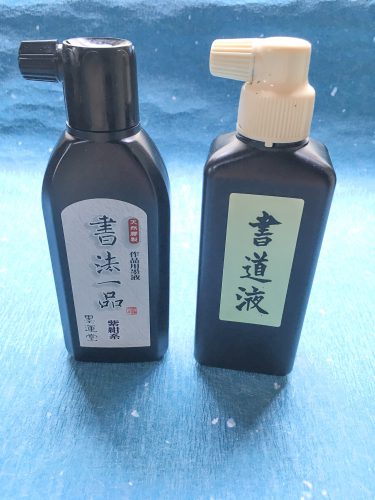
Bottled sumi ink
We have to talk about a bottled sumi ink (liquid sumi ink) as well. The bottled sumi ink is thick enough that you can start writing as soon as you soak the brush in it. Despite a lot of practice, it takes time to polish sumi. So it is recommended to buy bottled sumi ink.
Calligraphy Paper "Hanshi"
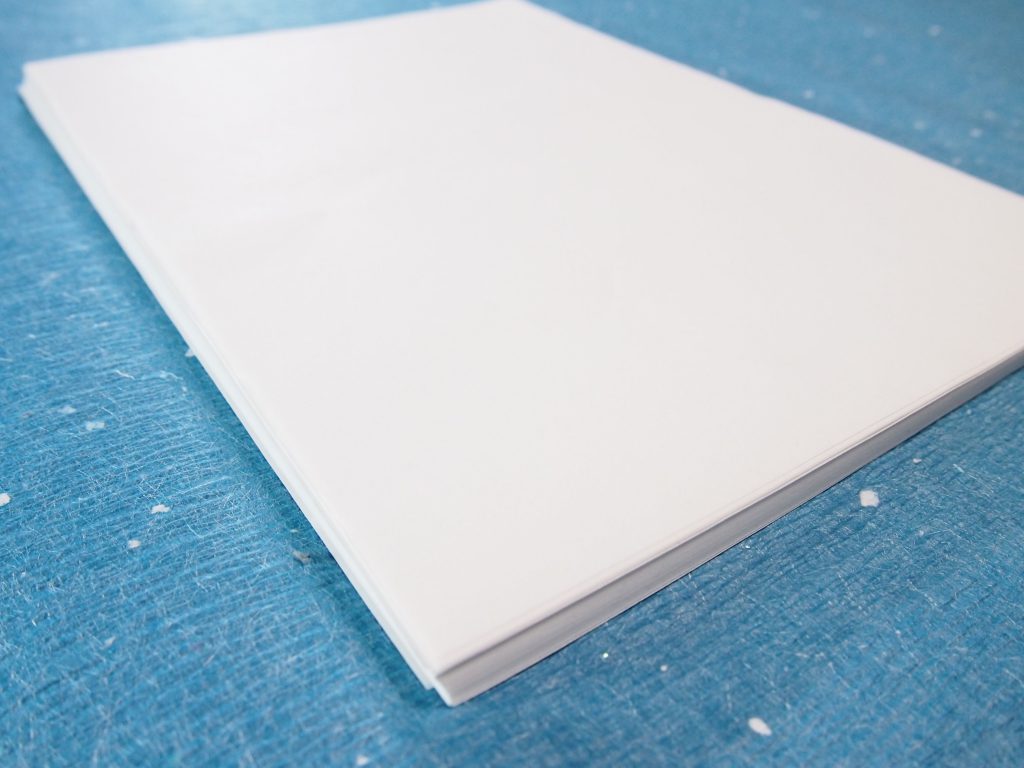
Machine and hand-made
Calligraphy paper “hanshi” is made from plants. In Japan, it is mainly produced in Kochi, Ehime and Shizuoka.
There are two types of calligraphy paper: machine and hand-made one. Machine made paper has uniform quality and thickness. One of the best features is cheap. So it is suitable for practice that requires a lot of paper. Machine paper is good for beginners. Handmade paper has a very good writing taste and is suitable for creating works.
Price
It is sold in 80 to 100 sheets per pack, or in units of 1000 sheets. First, buy 80 to 100 sheets, and try various sheets of paper. If you like it, it is good to buy it in units of 1000 pieces. It is good at 300 to 500 Japanese yen (3 to 5 US dollars) per 100 pieces at the local price in Japan.
3 points to choose a good paper
Choose a calligraphy paper in the following three points.
1. Less bleeding paper
Less bleeding paper is suitable for beginners. When it blurs, you cannot check the line you wrote correctly, and you will not see if you could write correctly. Bleeding paper expands the range of artistic expression, but controlling bleeding is difficult for beginners.
2. Suitably thick paper
It will be broken by the writing pressure if the paper is too thin. Also it will bleed easily. When the paper has a suitable thickness, it is hard to brake and the paper absorbs sumi ink well, so bleeding will be reduced.
3. Smooth writing taste
It will be easy and comfortable to write if the paper can be brushed smooth. (Since you cannot check whether you can write smoothly just by touching the paper, try to buy little by little such as 100 sheets and try writing.)
Try and compare various papers using these viewpoints.
Sample Of Shodo Set
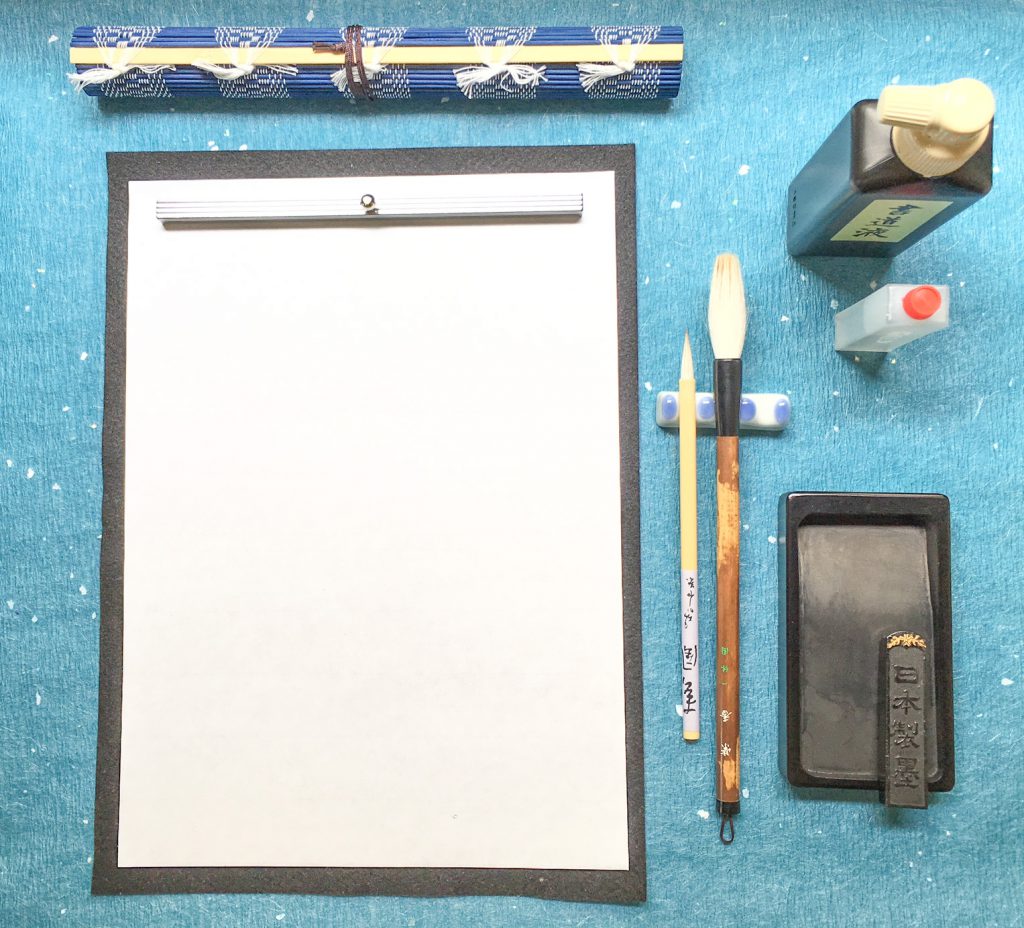
It is good to buy a calligraphy set includes all tools you need except paper. Choose it by referring to the image.
Tools included:
Large brush, small brush, inkstone, ink stick, calligraphy paper, bottled sumi ink, felt underlay, paperweight, brush rest, brush roll, water dropper (It usually comes with a case that can store all the tools.)
A reasonable set is fine at first. But the inkstone that comes with a calligraphy set may be plastic or ceramic rather than natural stone. So please check whether it is a natural stone or not before you buy if you want a natural inkstone.
